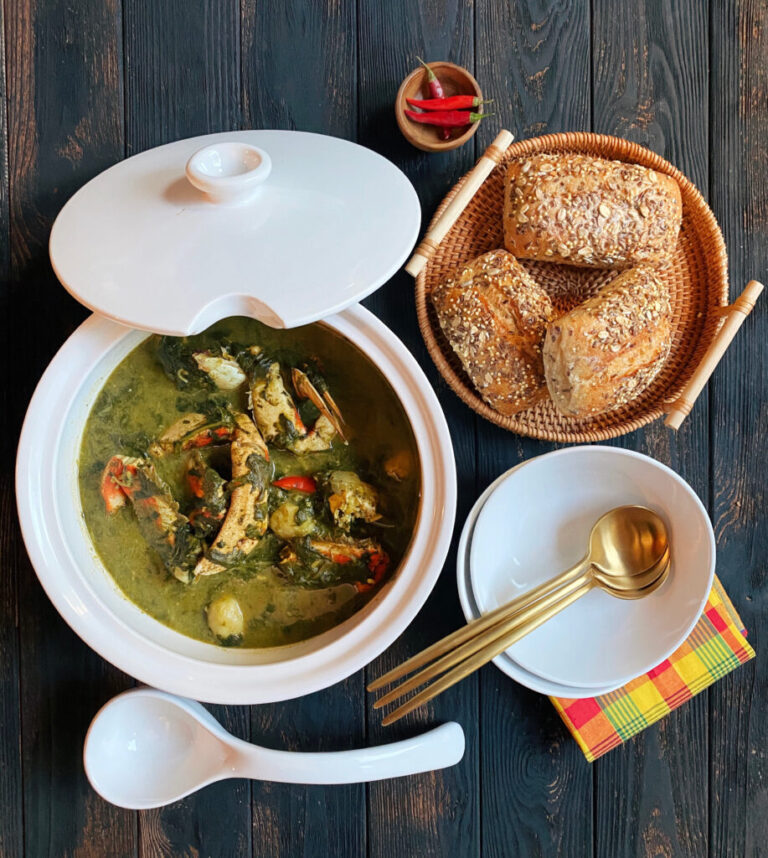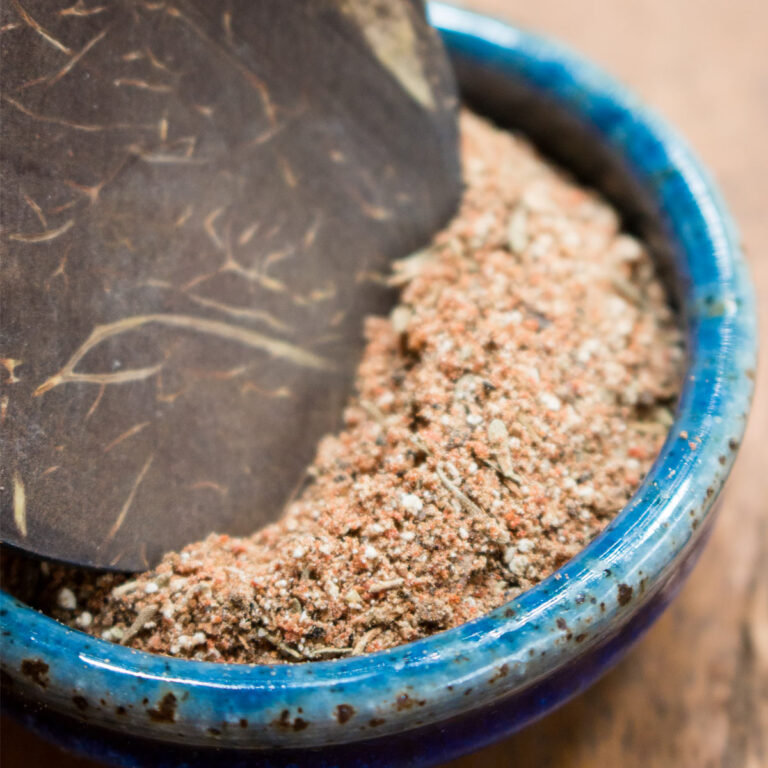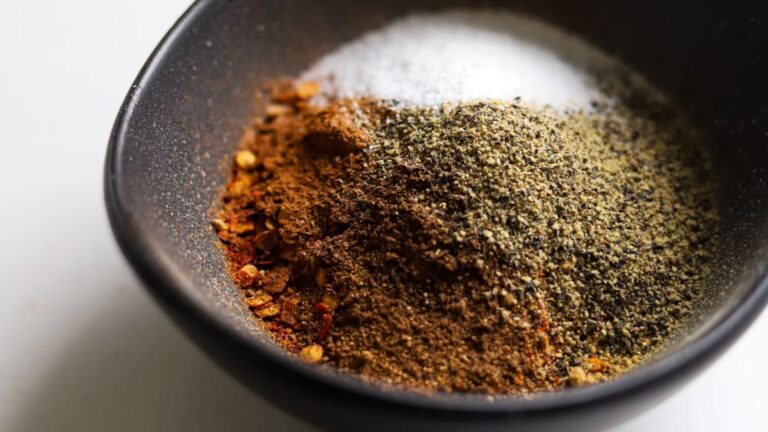Jamaican Ackee and Salt Fish is more than just a dish; it’s a symbol of Jamaican culture and heritage. This unique combination of fruit and fish has a fascinating history, profound cultural significance, and numerous health benefits. In this article, we will explore the journey of Ackee and Saltfish from its origins to its status as Jamaica’s national dish and delve into its nutritional profile.

The History of Ackee and Saltfish
Origin of Ackee

The story of ackee, a fruit that has become synonymous with Jamaican cuisine, begins far from the Caribbean. Ackee (Blighia sapida) is native to West Africa and was brought to Jamaica in the early 18th century. It is believed that the seeds were transported on a slave ship, introducing this intriguing fruit to the island. Named after Captain William Bligh, who transported the fruit to England in 1793, ackee thrived in Jamaica’s tropical climate, becoming an integral part of the local diet.
The ackee tree, with its glossy green leaves and pear-shaped fruit, adapted well to the Caribbean environment. Over time, Jamaicans developed a unique culinary tradition around ackee, learning to prepare it safely and deliciously. Today, ackee is grown in many Jamaican households and is a beloved ingredient in the island’s cuisine.
Introduction of Saltfish to Jamaica
Saltfish, or salted cod, has a history intertwined with the Atlantic trade routes. During the colonial era, salted cod was imported to the Caribbean from North America and Europe as a cheap and long-lasting food source. The process of salting and drying fish made it a valuable commodity that could withstand long voyages and the island’s humid climate. By the 19th century, saltfish had become a staple in Jamaican households, complementing the island’s indigenous fruits and vegetables, including ackee.

The introduction of saltfish to Jamaica was largely driven by economic necessity and trade dynamics. Saltfish provided a reliable source of protein that could be stored without refrigeration, making it an essential part of the Jamaican diet. The combination of ackee and saltfish emerged as a natural pairing, blending the creamy texture of ackee with the savory, robust flavor of saltfish.
Cultural Significance in Jamaica
National Dish of Jamaica
Ackee and Saltfish holds the esteemed title of Jamaica’s national dish, a status it earned due to its widespread popularity and deep-rooted presence in the country’s culinary traditions. The dish is emblematic of the island’s history and resilience, reflecting a blend of African, European, and Caribbean influences. The preparation of ackee and saltfish involves sautéing the ackee and saltfish with onions, tomatoes, and peppers, often served with breadfruit, dumplings, or rice and peas.
The national recognition of ackee and saltfish is a testament to its importance in Jamaican culture. It is a dish that transcends social and economic boundaries, enjoyed by people from all walks of life. The intricate preparation of ackee and saltfish, with its careful balance of flavors and textures, showcases the culinary skills and creativity of the Jamaican people.

Traditional Occasions and Festivals
Ackee and Saltfish is more than a daily meal; it is a dish that marks special occasions and celebrations. It is commonly served during national holidays, family gatherings, and cultural festivals such as Jamaica Independence Day and the annual Emancipation Day celebrations. The dish symbolizes Jamaican identity and pride, often prepared with great care and shared among loved ones.

In addition to its role in national celebrations, ackee and saltfish is a staple at community events and local festivals. It is often featured in food fairs, where visitors can sample a variety of traditional Jamaican dishes. The presence of ackee and saltfish at these events reinforces its cultural significance and highlights its enduring popularity.
Nutritional Benefits and Health Considerations
Nutritional Profile of Ackee
Ackee, despite its creamy and rich texture, is a highly nutritious fruit. It is an excellent source of essential fatty acids, particularly linoleic and stearic acids, which are beneficial for heart health. Ackee is also rich in vitamins A, C, and E, and provides a good amount of protein, dietary fiber, and minerals such as potassium, magnesium, and calcium. These nutrients contribute to the overall health benefits of ackee, supporting immune function, skin health, and bone strength.

The nutritional profile of ackee makes it a valuable addition to a balanced diet. The fruit’s high content of essential fatty acids helps reduce bad cholesterol levels and supports cardiovascular health. Vitamins A and C in ackee boost the immune system, enhance skin health, and act as antioxidants that protect against free radical damage. The fiber content aids digestion and promotes a healthy gut, while the minerals contribute to bone density and overall vitality.
Health Benefits of Saltfish
Saltfish, or salted cod, is a protein-rich food that offers several health benefits. It is low in fat and contains high levels of omega-3 fatty acids, which are known to reduce inflammation and promote cardiovascular health. Additionally, saltfish is a good source of essential vitamins and minerals, including vitamin D, vitamin B12, and iodine. However, due to its high sodium content, it is important to consume saltfish in moderation and to ensure it is properly soaked and prepared to reduce excess salt.
The omega-3 fatty acids in saltfish are particularly beneficial for heart health, helping to lower blood pressure, reduce triglycerides, and decrease the risk of heart disease. Vitamin D supports bone health and immune function, while vitamin B12 is essential for red blood cell production and neurological function. Iodine, found in significant amounts in saltfish, is crucial for thyroid health and metabolic regulation.

FAQs
Conclusion
Ackee and Saltfish is a dish that encapsulates the essence of Jamaican cuisine. Its unique combination of flavors and textures, along with its rich history and cultural significance, make it a culinary delight cherished by many. Whether enjoyed during a festive occasion or as a comforting meal, Ackee and Saltfish continues to be a beloved symbol of Jamaica’s vibrant heritage and culinary excellence.
Disclosure: Our blog contains affiliate links to products. We may receive a commission for purchases made through these links. However, this does not impact our reviews and comparisons. We try our best to keep things fair and balanced, in order to help you make the best choice for you.







